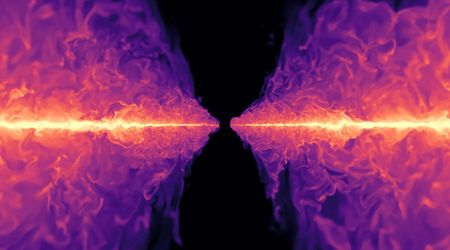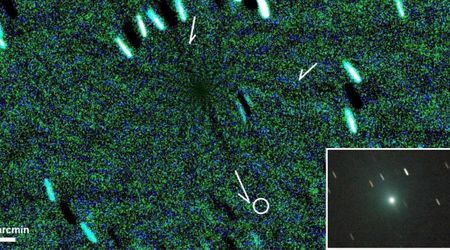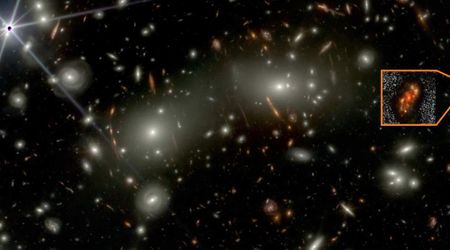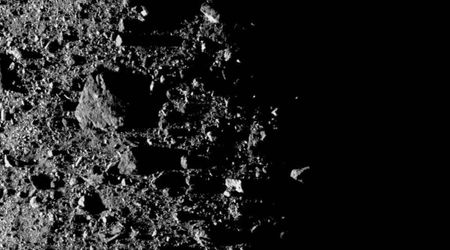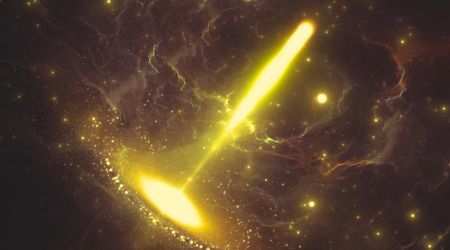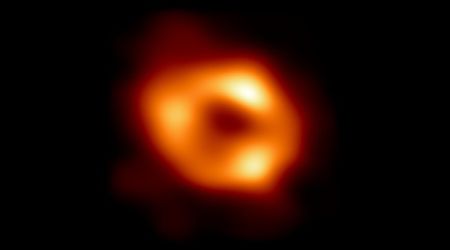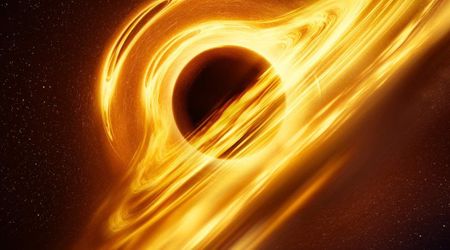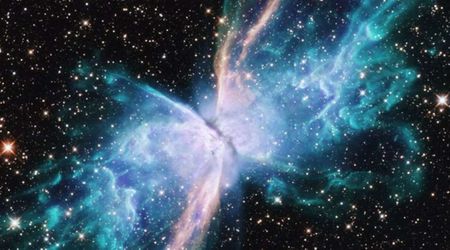Owl Nebula

Ever since Sir William Herschel – the British astronomer who became famous for discovering the planet Uranus – began calling some disklike, fuzzy patches of light “planetary nebulae”, these objects dotting the night sky have been favorite targets of both professional and amateur astronomers.
Tracking planetary nebulae in your backyard scope takes you on a tour of some of the prettiest forms you can see among deep-sky objects. Blue-green starlike blobs, shells, rings, disks with Saturn-like extensions, and all sorts of eerily glowing shapes await your hunting them down. You can even find something that resembles an owl, the spooky nocturnal bird of prey.
M97, the Owl Nebula in Ursa Major, is an interesting object for backyard viewing. It lies relatively nearby at 2,300 light-years from our Sun, so it appears 3.2 arcminutes in diameter – only ten times smaller than the Full Moon. The nebula’s unusual name goes back to Lord Rosse, who found in 1848 a striking resemblance to the face of an owl, with two dark circular perforations and “a star in each cavity” giving the impression of two gleaming eyes. This description may sound a little over-imaginative, but if you take a look at his drawing you will see that it’s accurate.
Wait until at least midnight to look for this planetary. By then the Big Dipper will have risen high enough so you can see this gem. Trace a line from Beta Ursae Majoris to Gamma, the two stars that make up the bottom of the Dipper’s bowl. The nebula lies a fourth of the way along this line and a degree south. While you can see it even with large binoculars, the Owl Nebula remains indistinct even in 6-inch telescopes due to its low surface brightness.
To see the two dark patches that make up the distinctive eyes of the owl, you need at least an 8-inch scope and moderately high power. If the night is very dark and clear you might even spot the central star that appears between the eyes and faint traces of color inside the nebula.
